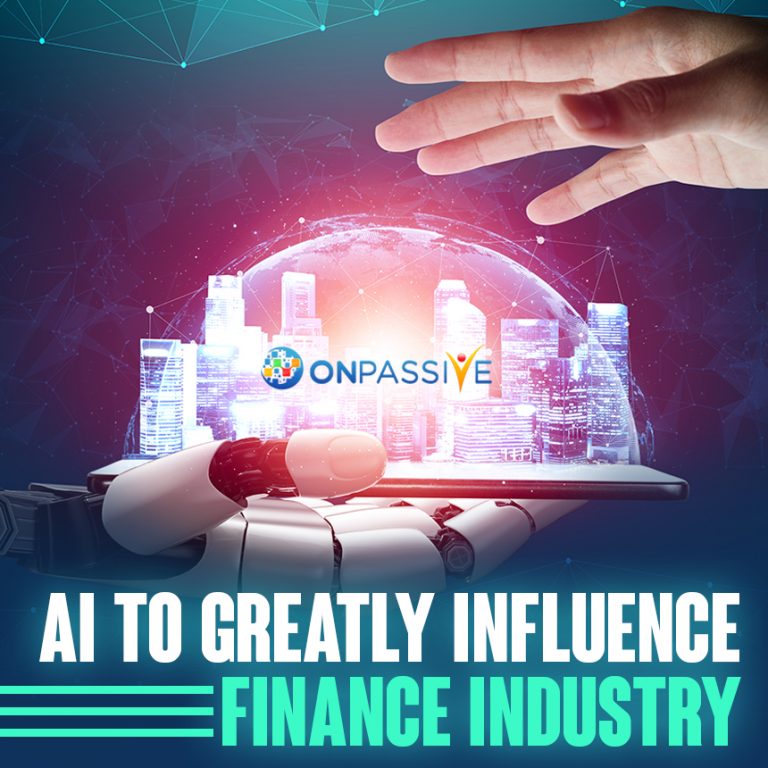
Financial services companies need comprehensive, reliable information to make informed decisions and give their customers useful products. High-quality data helps ensure accurate, quick, and low-risk financial decisions are made.
AI investment is rising increasingly as the value it provides continues to be seen by financial services organizations. Many developments at the company level hinder companies with new ways to challenge conventional business models.
Investment Analytics
Detailed analysis of data helps to uncover new business opportunities for B2B companies. Since businesses are already overwhelmed with vast quantities of leads and potential buyers, a solution to isolate the noise’s signal will contribute to nimble exploration, analysis, and follow-up.
In this case, streamlining the process required data management made up of an application for data access, and an automated system for ranking. Together, the platform allows VPs to have direct access to reliable, credible data in days or even hours, enabling them to recognize opportunities easily, measure potential, and follow up on improvements.
AI in Fraud Detection
Each organization strives to reduce the conditions of danger that surround it. For a financial institution, this is valid also. The loan a bank gives you is money from someone else, which is why you often get paid interest on investment deposits and dividends. That’s why financial firms are taking fraud very, very seriously too. AI’s on top of this list to detecting protection and fraud.
It may use past spending habits on various transaction instruments to point out strange behaviors, such as using a card from another country only a few hours after it’s been spent on other things, or trying to transfer an amount of money that’s unusual for that account.
Economic Advisory
We should look forward to more Robo-advisors, according to the PWC report. When the demand for financial firms drops their transaction rates on individual transactions rises, computers will do what humans don’t-work for a single deposit.
Another evolutionary context is bionic advisory, which combines machine computations and human insight to provide much more efficient options than what their elements offer. Talking at a computer as an upgrade, or at the other end as an unlikeable know-it-all, isn’t enough.
Automation Claims
Although claims automation generally is a reasonably new use case for artificial intelligence, such as Underwriting, the claims system is intended to become more and more automated in the next two to three years.
We are still unable to find any organization providing claims management software in a way that enables a consumer to have their claim paid without dealing with an insurance company’s human employee. However, one insurance firm, Lemonade, says its chatbot allows consumers to do exactly that in some instances.
Reducing Overpayments and Insolvency
Some retailers offer software with predictive analytics and, in some cases, machine vision for reducing overpayments and claiming leakage. Such a program will potentially decide whether an insurer is going to offer a premium that is greater than what other consumers have been paying for similar conditions historically.
It would probably involve training the machine learning approach behind the software on a corpus of historical customer information either in the customer insurance company or, ideally, from different insurance companies.
AI in Document Summarization
Several companies offer banks and other financial institutions the NLP program for summing up documents. Rather than digging through a collection of documents, this program searches through individual records and selects the parts that an employee would like to see.
The user may identify the keywords and summarize them using natural language processing-based document summarization, and the hierarchical way is to implement the document on board and create meaning. Furthermore, a legal document can be based on financial data and medical data with legal significance.
Excellent Customer Service
The most popular NLP technologies in the finance room are chatbots. Wells Fargo and Bank of America also use chatbots in banking to simplify more basic customer service tasks. Generally speaking, chatbots are only valid at dealing with simplistic customer concerns. Still, chatbots are likely to contact a human customer support agent for a customer seeking mortgage applications.
Chatbots often need to be trained on historical customer support interactions occurring at the company seeking to expand or purchase them. There is rarely any “out of the box” automation-ready for use, but some vendors focus on specific domains that come close to creating one. It is because, to respond correctly to clients, the natural language processing algorithm behind a chatbot needs to see many instances of specific client issues.
Eventually, financial institutions make use of artificial intelligence in different ways to boost their operations. As the financial industry enters a new era, technology in the finance sector will only become more prevalent.



SHIVAJI PATIL
4 years ago